My collage was inspired by the hollow-eyed impression of the meerkats in @shaka's template photo:
Eyes became the theme of my collage, sightless eyes. From there I got the idea of making one grand all-seeing eye that telepathically gives sight to the community. Of course, the eye has to rest in a pool of tears, and the pool has to be replenished by acolytes that shed tears, endlessly.
The hollow-eyed meerkats and hollow-eyed stone idols stand guard over the sacred eye.
Tears
We all know that sight is precious, but do we realize how essential tears are to keeping our sight? According to the National Eye Institute, "Tears keep your eyes wet and smooth, and help focus light so you can see clearly. They also protect your eyes from infections and irritating things, like dirt and dust."
Every time we blink we bathe our eyes in tears. Something called a 'tear film' covers the surface of the cornea.
a. tear gland / lacrimal gland,
b. superior lacrimal punctum,
c. superior lacrimal canal,
d. tear sac / lacrimal sac,
e. inferior lacrimal punctum,
f. inferior lacrimal canal,
g. nasolacrimal canal
User:FML CC 2.5 license

The tear film is composed of three layers. The bottom layer, the one that lies directly on the surface of the eye, is made of mucus. The middle layer is made of water and the top layer is made of an oily substance.
The cornea has tiny filaments that stick out from the surface. Mucus in the lower layer wraps itself around the filaments and becomes the stationary basis over which the other two layers move. If the top two layers don't slide smoothly over the cornea, then there will be a distortion in focus.
Together, the three layers protect the cornea. Check out this Youtube video that shows how the tear film is applied every time we blink our eyes.
Our corneas are clear surfaces through which light passes to reach the lens and other parts of the eye. If the cornea is damaged, then, obviously, vision is impaired. This can happen if the eyes become dry--that is, if the tear film is not protecting the cornea. So, maintaining a healthy, functioning tear film is essential to maintaining good vision.
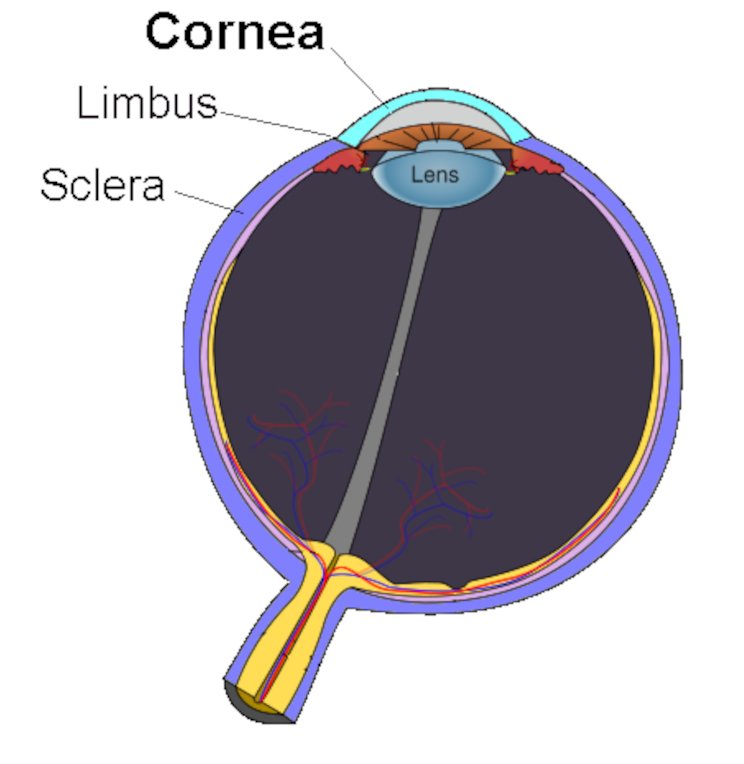
Image credit: Mikael Häggström. Released into the public domain.
There are many conditions that can disrupt the tear film, and thus cause damage to the cornea, or interfere with clear focus.
Contact lenses Both hard and soft contact lenses can interfere with the proper distribution of tears over the cornea. This may lead to inflammation, and cause damage to the cornea.

Rheumatological diseases Dry eyes is a common manifestation of many rheumatological diseases, including systemic lupus, scleroderma and
rheumatoid arthritis.

Aging Dry eyes often accompany other 'symptoms' of advanced age. This particular 'symptom' of aging generally appears in the 4th decade of life and increases in severity with the passage of years. In the case of aging, underlying inflammation seems to exacerbate the condition of dry eyes.

Whatever the cause of dry eyes, this is a consequential condition. It's a good idea to get a proper workup from an ophthalmologist. Not only would this be wise to protect your vision, but it also might help to discover an underlying condition. Depending on the cause, treatment can vary. Sometimes eye drops do the trick. Other therapies range from treating an underlying condition systemically, to unplugging tear ducts surgically.

My Collage
I don't know where @shaka took this picture, but I think it was gift for many members of the LMAC community. You can see their designs on the LMAC blog. @shaka's photo was certainly a gift for me. While I did focus on the eyes, there were many aspects of the picture that were open to creative interpretation.
Elements: All from Pixabay
Hole (which I turned into a pool) Simon on Pixabay
Here's a GIF that shows the process of making the eye pool out of a volcano crater:
Eyeball: frankychoi on Pixabay
The Waterfall: jplenio on Pixabay
Tears: (which started out as drops of blood) kropekk on Pixabay
I also used a Lunapic filter during one stage of the collage development.
Accent eyes (and eye GIFs) in the blog derived from:
Eye Nika_Aking Pixabay
Eye 7089643 on Pixabay
While I don't compete in the contest, I obviously have fun. Thank you @shaka, for the fun and the art adventure. Everyone in the Hive community is invited to join in the fun. Rules may be found on @shaka's blog. You can join us on Discord and find out more about the community. Also we have a school, run by our colleague and teacher, @quantumg.
****Important****
Please read this blog, LMAC School - Public Domain Picture sources (Free Materials for creating collages), written by @quantumg, which discusses public domain issues. The blog offers links to sources that offer public domain pictures. Using public domain pictures is an absolutely essential requirement for all collages submitted in the LMAC contest.

Thank you for reading my blog
Originally posted here: https://hive.blog/hive-174695/@agmoore/why-tears-are-important-and-a-collage-for-lmac-87
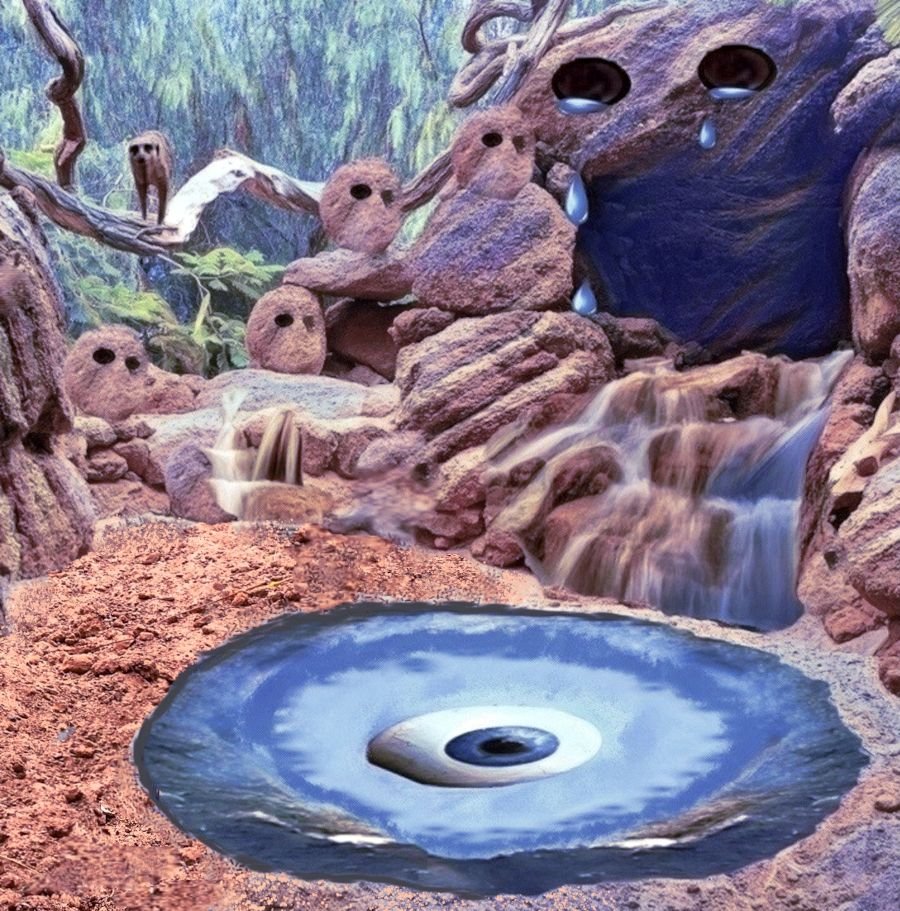
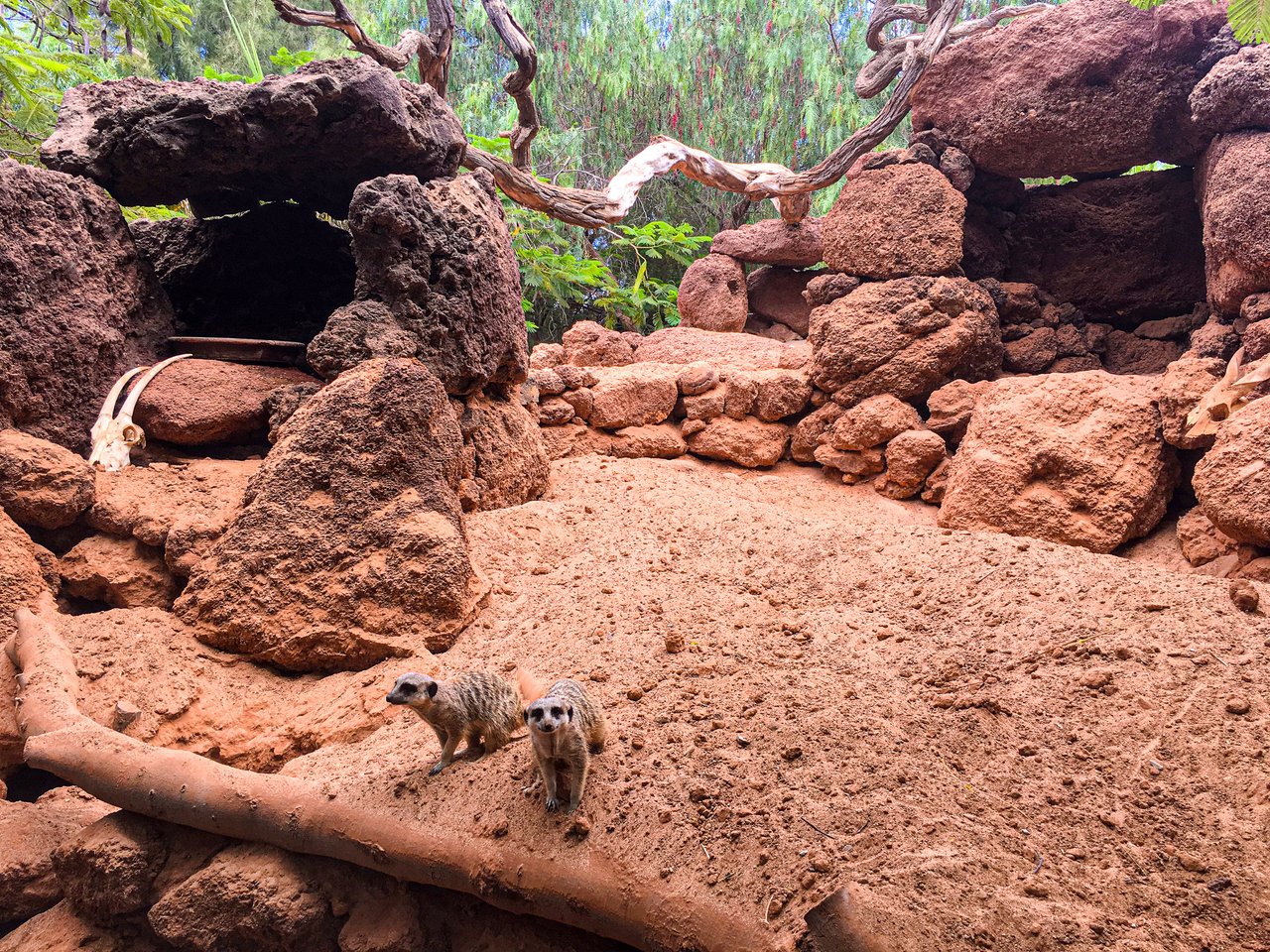
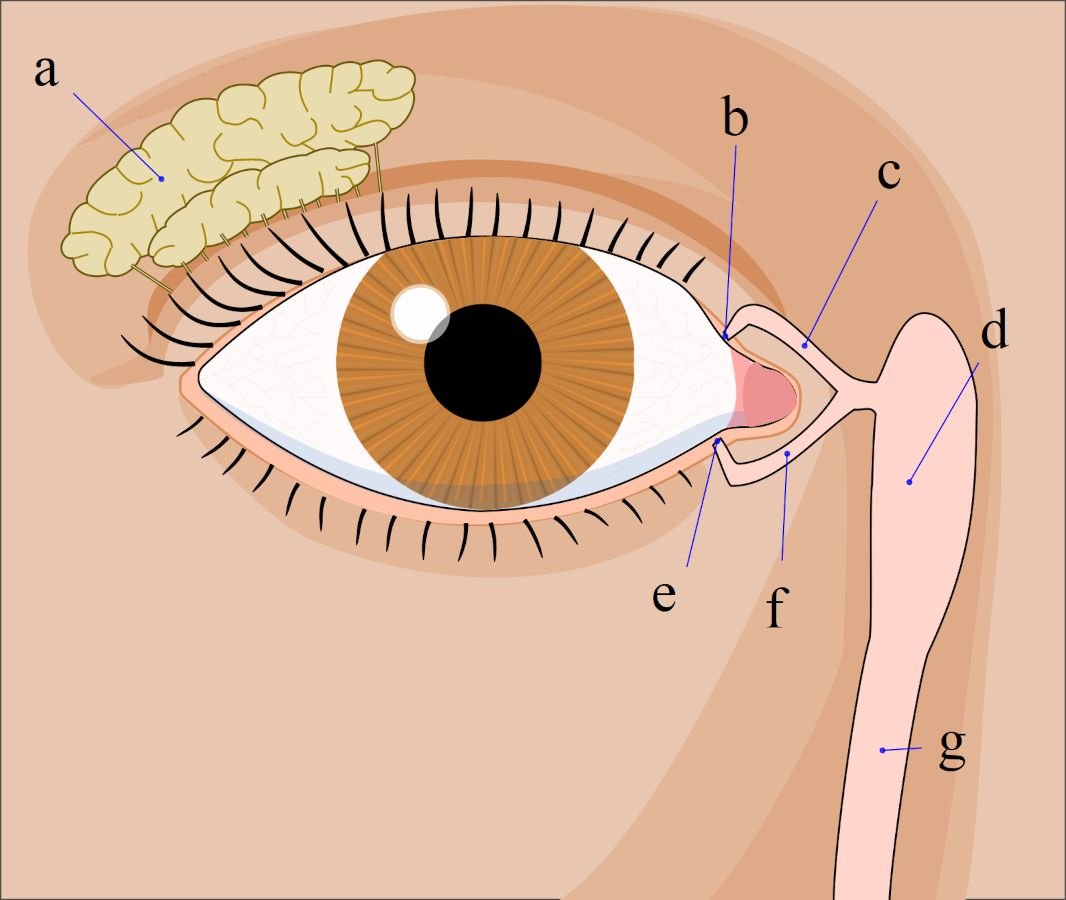
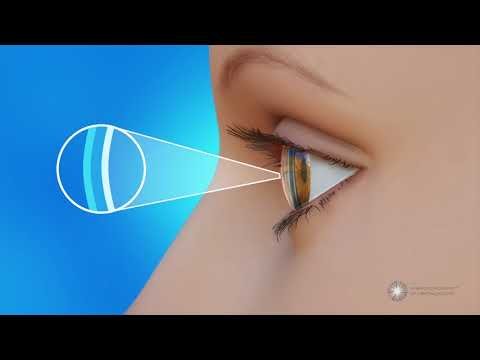


No comments:
Post a Comment